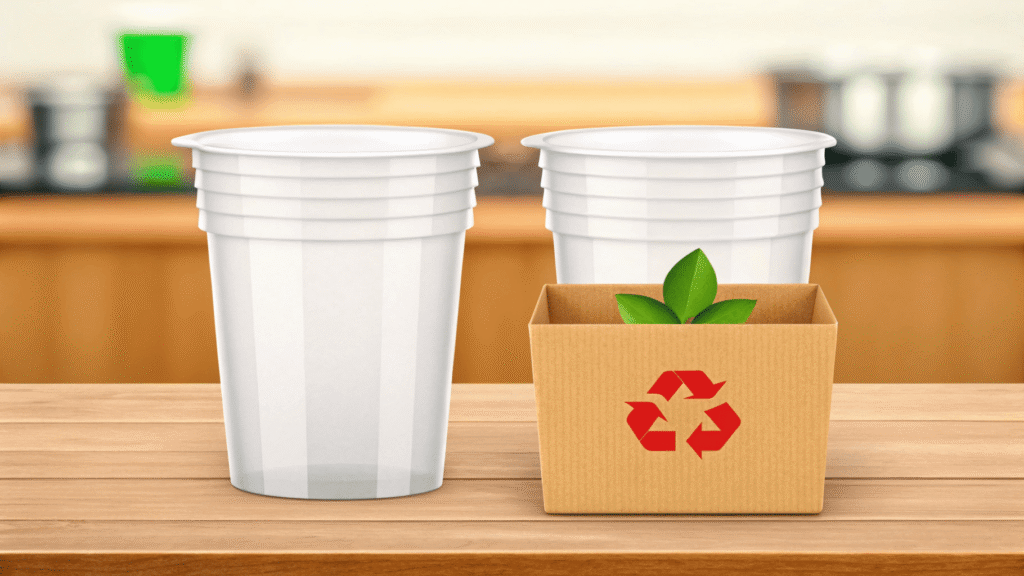Many people finish their instant noodles and wonder if the cup can go into the recycling bin. The reality is not as simple as it seems.
Technically, certain facilities can recycle Styrofoam (polystyrene)1, but most municipal recycling programs do not accept it due to cost, contamination, and logistics—most end up in landfills.
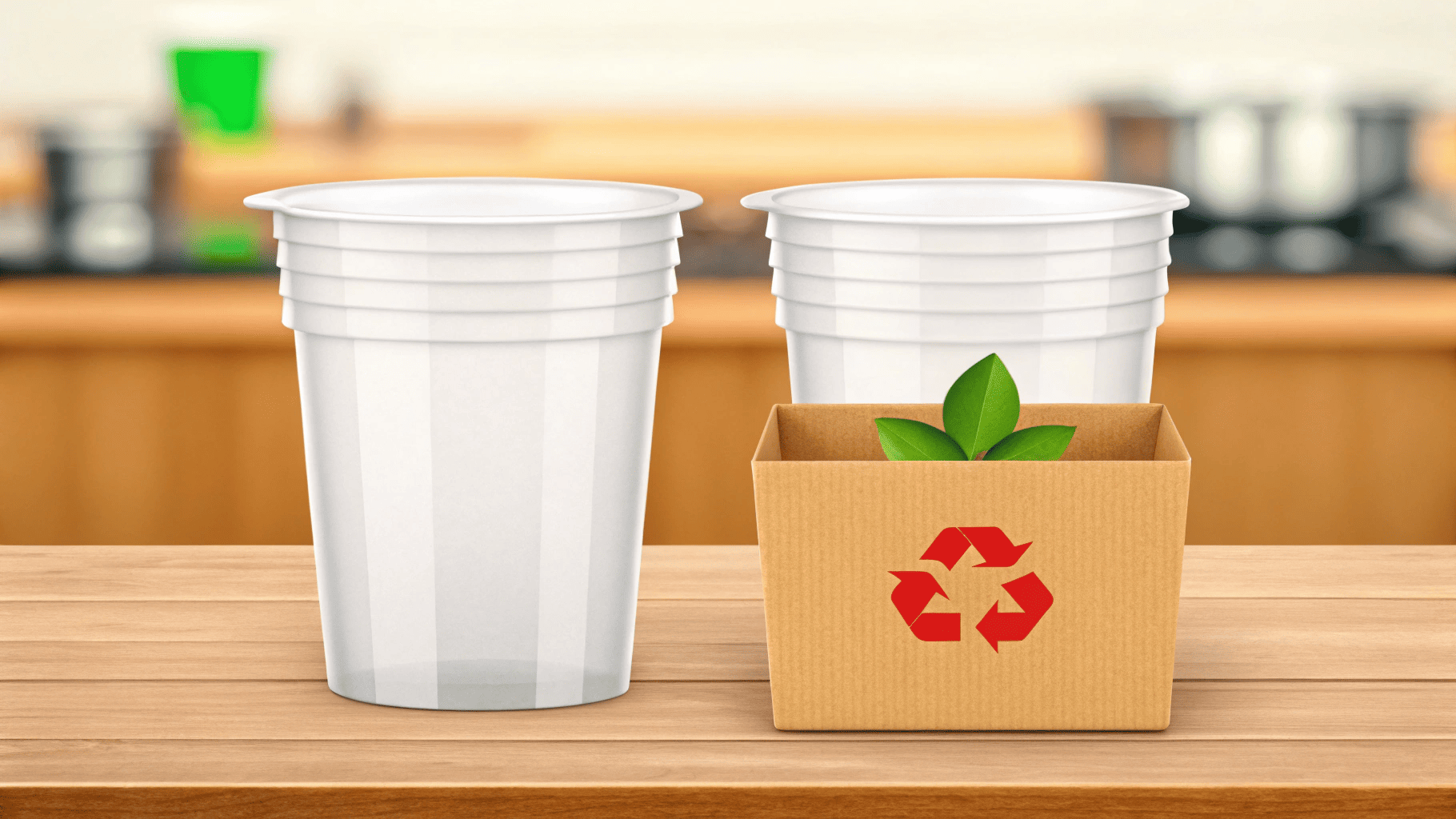
This is why more brands now move toward paper-based or bagasse fiber noodle cups with PE or PLA coating. These alternatives are safer for food use and accepted by more recycling streams worldwide.
Can you cook noodles in a Styrofoam cup?
It may seem convenient to pour boiling water directly into the cup, but it’s not without risks.
Yes, you can cook noodles in a Styrofoam cup by adding boiling water, but hot liquids can leach small amounts of styrene into food.
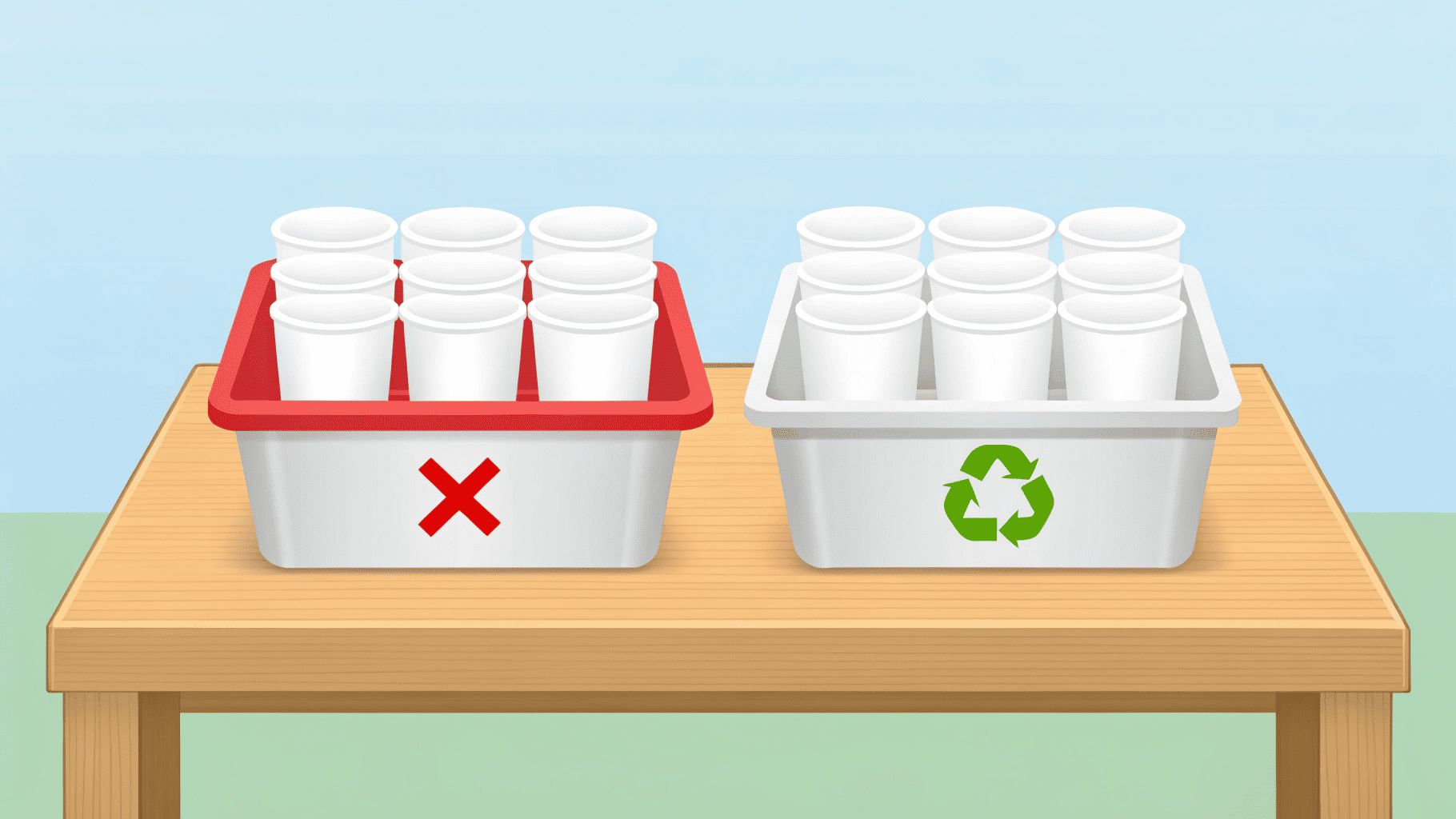
I once consulted for a university café that sold instant noodle cups. When they switched to double-wall paper soup cups2, students reported better taste and no strange “plastic-like” smell—plus, the campus reduced single-use polystyrene waste.
Temperature Impact Table
| Cup Type | Max Temp Safety | Flavor Interaction | Eco Profile |
|---|---|---|---|
| Styrofoam (EPS) | ~90–100°C | May leach styrene | Low |
| Double-wall paper cup | 100°C+ | Neutral | Medium–High |
| Bagasse fiber cup | 100°C+ | Neutral | High |
Why can't you microwave Styrofoam cup noodles?
Microwaving is quick, but with Styrofoam, it’s a safety concern.
Microwaving Styrofoam can cause it to soften, melt, and potentially release harmful chemicals—especially with fatty or acidic foods.
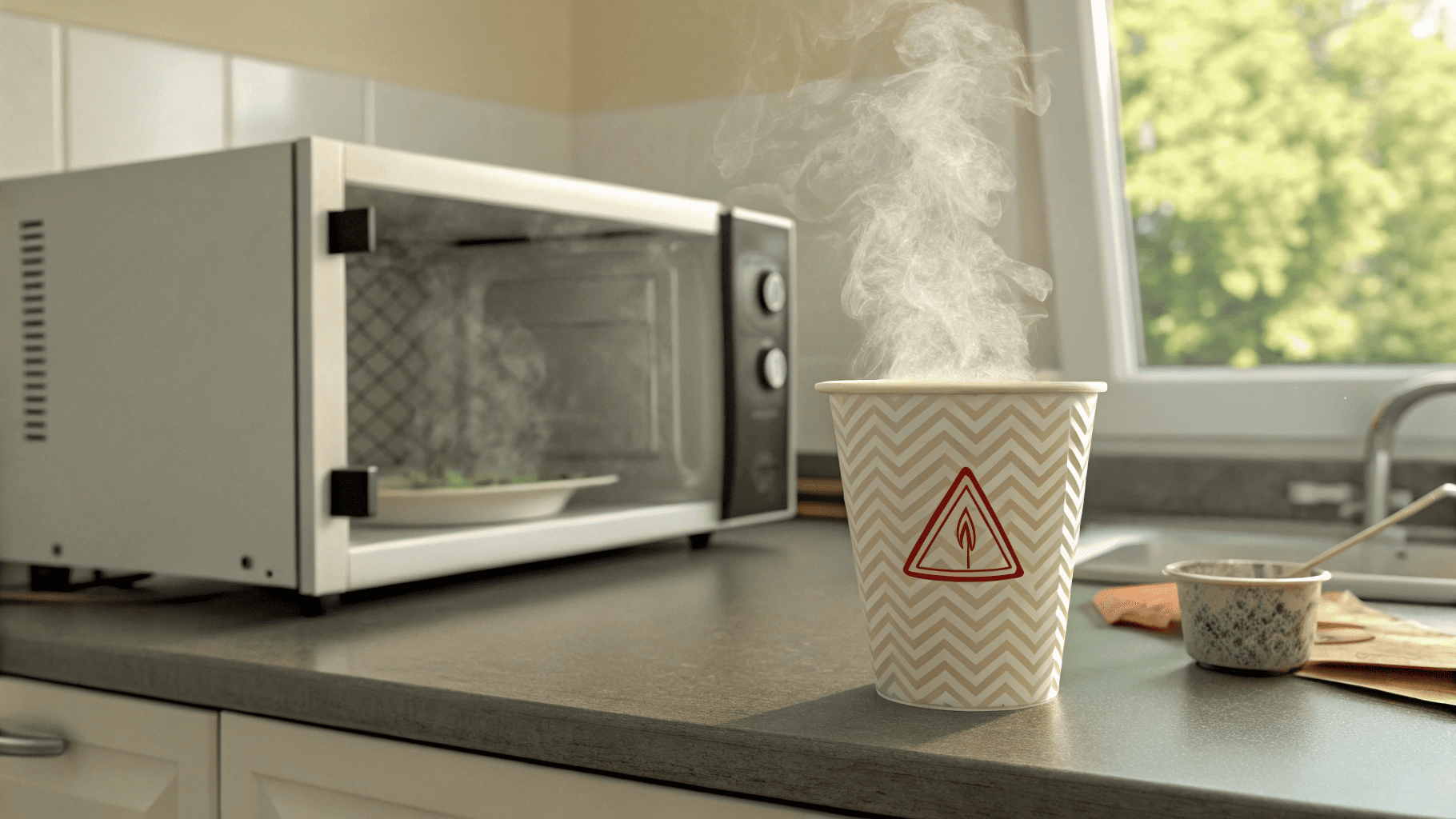
I advise food brands to clearly label “Do Not Microwave” on polystyrene containers. More sustainable materials3, such as microwavable paper or certified compostable cups, give customers safer reheating options and cut disposal problems.
What foam is not recyclable?
Not all foams are equal when it comes to recycling.
Expanded polystyrene (EPS)4, used in Styrofoam cups, is technically recyclable, but economically and logistically it rarely happens—especially after food contamination5.
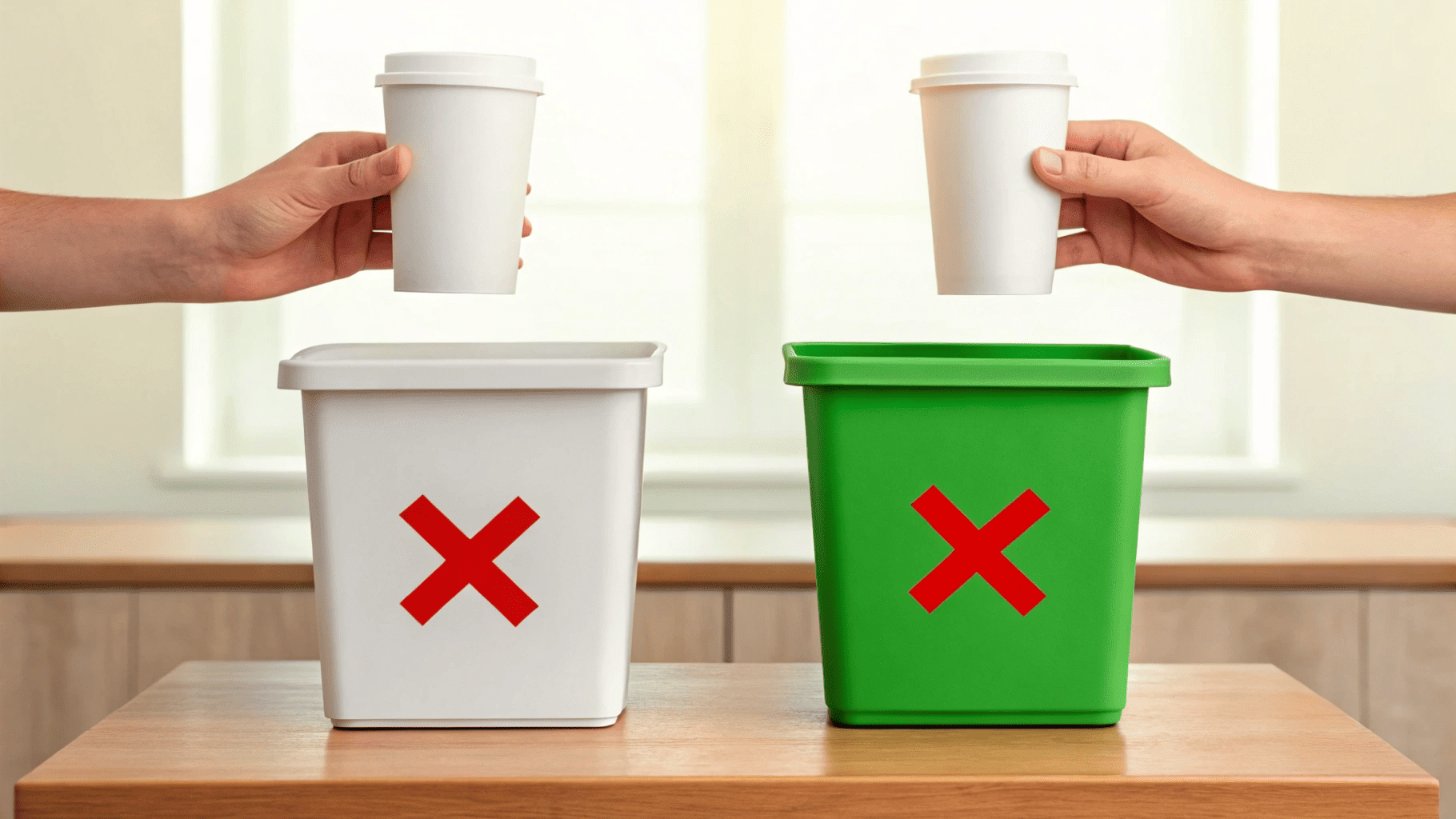
Other foams, such as polyurethane and cross-linked polyethylene, are also not commonly recycled. These often end up in landfills, where they can persist for centuries.
Foam Recycling Feasibility
| Foam Type | Common Use | Curbside Accepted? |
|---|---|---|
| Expanded Polystyrene (EPS) | Food packaging | Rarely |
| Polyurethane foam | Furniture/cushions | No |
| Cross-linked polyethylene | Thermal insulation | No |
| EPP (Expanded Polypropylene) | Automotive parts | Some facilities |
Are polystyrene noodle cups6 recyclable?
The short answer: not in most places.
Polystyrene noodle cups are generally not recyclable in household programs, and most disposal leads to landfill storage for centuries.
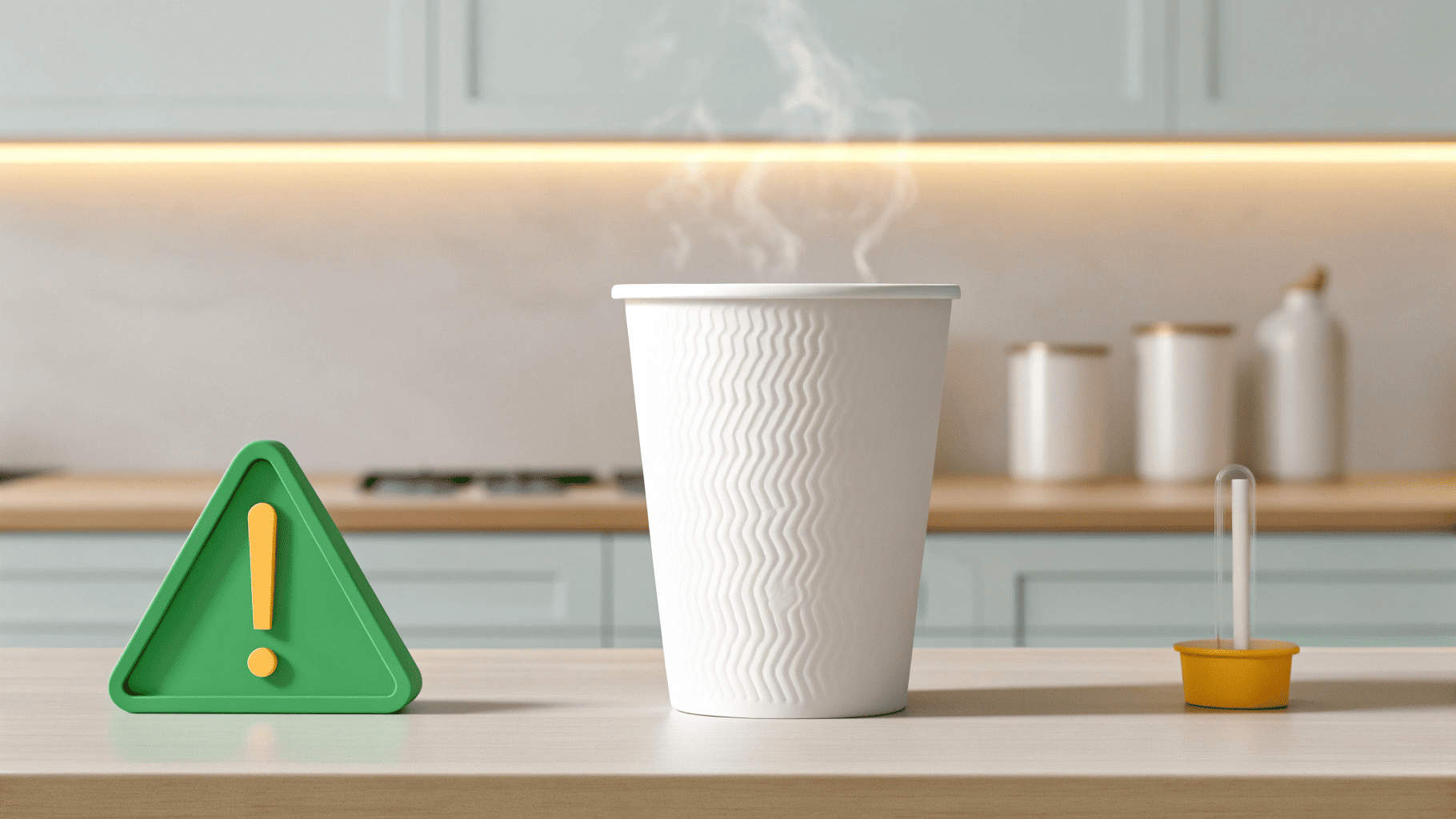
I helped a noodle manufacturer transition from EPS to PE-coated paper cups. This took them from “non-recyclable waste” status to being accepted at mixed-paper recycling facilities. Customers were happy to share the eco story on social media, becoming free ambassadors for the brand.
Conclusion
Styrofoam noodle cups are almost never recycled in practice, even if technically possible. Switching to paper or bagasse fiber cup7s improves safety, taste, sustainability, and brand image—all at once.
1.Understanding Styrofoam recycling can help you make informed choices about waste management and sustainability. ↩
2.Explore the advantages of double-wall paper cups for food safety and environmental impact. ↩
3.Explore sustainable materials that can replace harmful packaging for a greener future. ↩
4.Discover the recycling challenges of EPS and its environmental implications. ↩
5.Understand the impact of food contamination on recycling to improve waste management. ↩
6.Get insights into the recyclability of polystyrene noodle cups and alternatives. ↩
7.Find out how bagasse fiber cups contribute to sustainability and eco-friendliness. ↩
